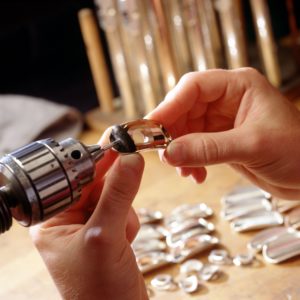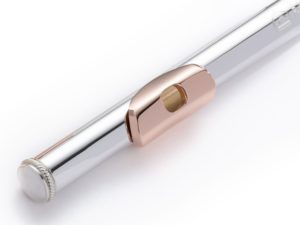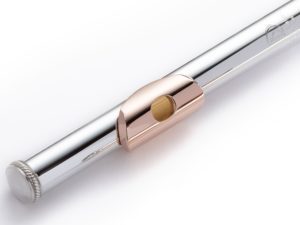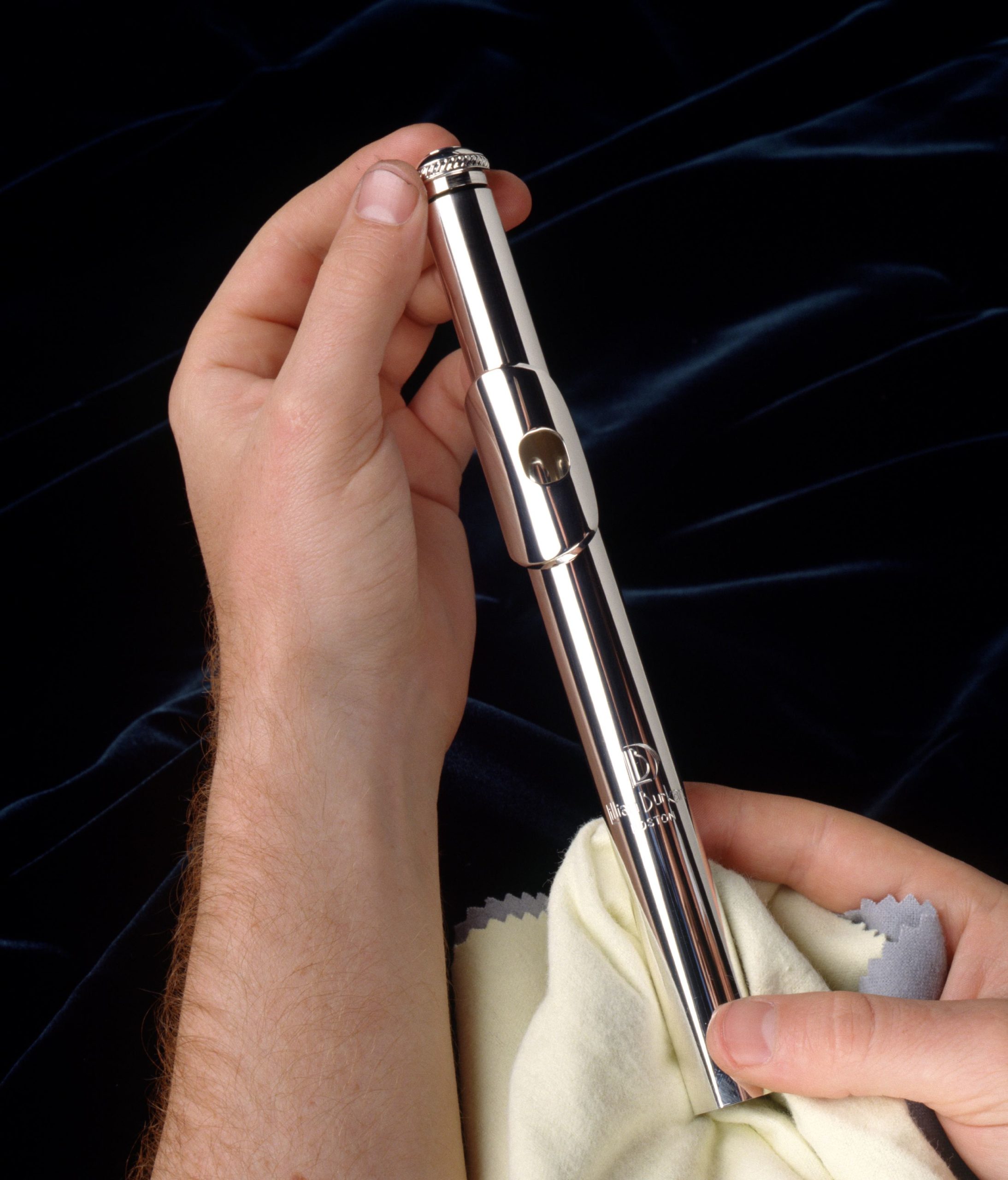There are many things to consider when searching for the right flute headjoint. If you are a student, think about the flutist you are today and the flutist you want to become. You will need a balanced, well-rounded headjoint so that as you progress, you can explore its complexities and build your facility on the instrument. You will also want to consult your teacher, as they are familiar with your playing and have likely assisted other students in choosing a headjoint.
If you are a professional, you will want to search for a headjoint with a quality of sound that will excel in your principal performing environments. In general, a good headjoint should have the flexibility to flourish in a wide range of performance situations. You may also want to consider a headjoint that caters to the demands of your daily playing. For example, if you are a solo flutist, the ability to project and be heard over large ensembles may be most important.
In general, when shopping for a headjoint, it is better to identify what style of cut you prefer before turning your attention to the material. Some essential qualities to look for in a cut style are the ability to achieve nuance of color, comfortable articulation, and consistent tone color throughout all registers.

Investigate Flute Embouchure Hole Size and Shape
The size and shape of an embouchure hole lends itself toward certain distinctions. A large hole has a big sound. A small hole has a sweet sound. An oval shape tends to be fluid and perform well in the upper octaves. A rectangular shape tends to be strong in the mid and lower registers. The job of a flute headjoint maker is to bring out these qualities to their fullest while maintaining balance, color, and flexibility.
The Flute Headjoint Blowing Edge
The blowing edge angle affects how much you have to roll the headjoint in or out to find the “sweet spot” with the best focus and tone. The blowing edge angle also impacts how much resistance is given to the air stream and the overall quality of articulations. Some flute players prefer to use a large amount of air when blowing into a flute headjoint and, as a result, may select a headjoint that offers a less resistant sensation. Players who struggle with cleanly articulating notes in the notoriously difficult middle register (D2, E2, F2, etc.) may feel more security in playing a headjoint that offers a more resistant sensation.
Burkart’s Flute Headjoint Styles
 The Burkart M2 Flute Headjoint
The Burkart M2 Flute Headjoint
The M2 is regarded as our “modern” cut with an embouchure hole that is rectangular in shape. The flat front edge that results from the rectangular shape is excellent in handling the air blown from a wider aperture as found in low register playing. Therefore, while the sound produced in the low register is very rich and focused, the middle and upper registers enjoy excellent core and clarity. Burkart’s signature style, the sound produced is large and robust, making it a popular choice amongst soloists. The blowing edge of the M2 is angled for low resistance and quick response. This enables the player to articulate with ease, especially in the sometimes-formidable lower register.
 The Burkart S4 Flute Headjoint
The Burkart S4 Flute Headjoint
The S4 cut has a large oval-shaped hole. This shape is more traditional in style and will facilitate fluid slurs, vibrant upper register response, and delicate pianissimo passages. The S4 is an excellent headjoint for ensemble playing and for those who like a little more resistance to produce a full, broad sound. The blowing edge is gradual and similar to that of traditional headjoint styles. This provides a slightly more resistant sensation that allows the player freedom to use a lot of air without the fear of cracking or overblowing notes.
The Best Way to Choose A Headjoint: Play!
The flute’s headjoint may seem simple compared to the many moving components of the body’s mechanism, but the carefully crafted shape of the embouchure adds color and nuance to the sound a flute produces, making it one of the best ways to tailor your instrument to your own unique sound. While the selection process may seem daunting at first, a step-by-step approach will keep you on the right path.
To choose the right flute headjoint for you, start by considering your needs. Are you a student seeking versatility and growth? A professional in need of a headjoint that will best express your unique performance style? Make a quick list of the qualities you want to achieve, and use that list to identify the physical characteristics of the headjoint that impact the sound and feel. To cater to your unique preferences, Burkart offers two different headjoint styles: the M2 style and the S4 style. Once you have recognized which of these headjoint styles will work best for you, you’ll be ready to select the best material for your new flute headjoint.
Although preparation is key when selecting the right headjoint, the most important step in the selection process is playing the headjoint yourself.
To learn more about choosing the right flute headjoint for you, contact our specialists at Burkart! We’ll assemble a selection of headjoints that work for your specific needs and coordinate a hands-on, in-home trial to match you with a flute headjoint that will enhance your sound for years to come.

